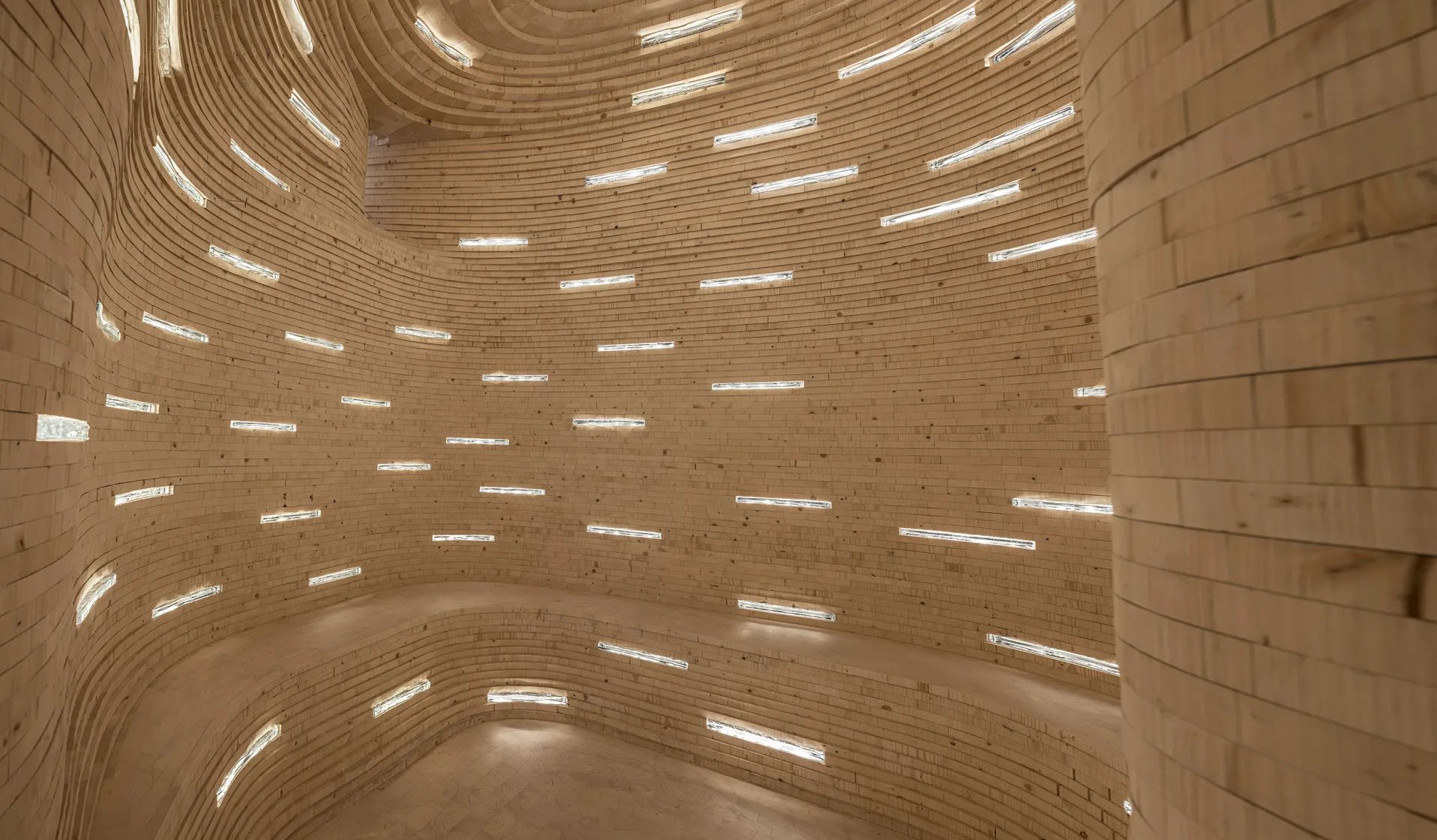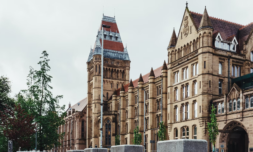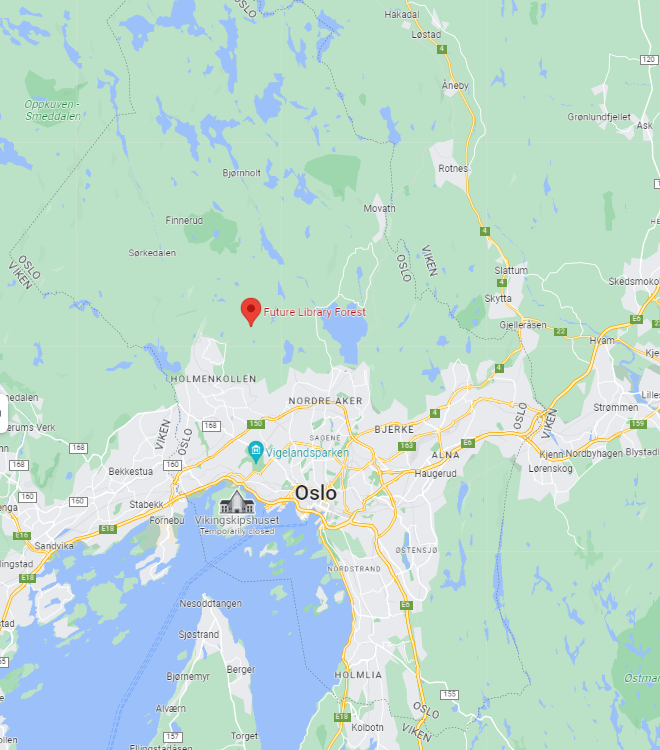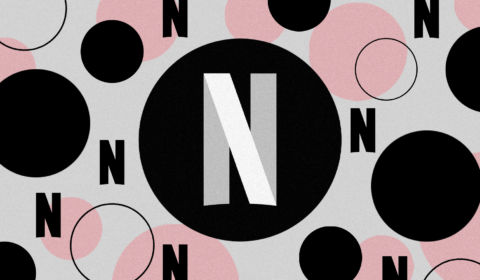In 2014, a project was set underway to plant one thousand tree saplings in Norway. Their destiny? To be turned into books a century from now, as part of the Future Library project.
When you imagine what the world will look like one hundred years from now, you probably don’t think about which books humans will be reading. Perhaps after reading this, you will.
Deep in Norway’s Nordmarka forest sits a growing collection of unpublished manuscripts written by some of today’s most renowned authors. One manuscript has been to the archive each year since 2014, waiting to be printed and read for the first time in the year 2114.
Though most of us won’t live to see these books published or read the stories on their pages, this is precisely the intention of the Future Library, a project put forward by Scottish artist Katie Paterson.
Famous for incorporating elements of geological time into her artwork, Paterson has previously mapped dead stars, sent a meteorite back into space, and broadcasted sounds made by melting glaciers.
Her artworks aim to help us consider our unique relationship to the ever-changing planet we live on. Her century-long project Future Library is no different, driven by values of sustainability and the desire to connect present and future generations of humanity.






















